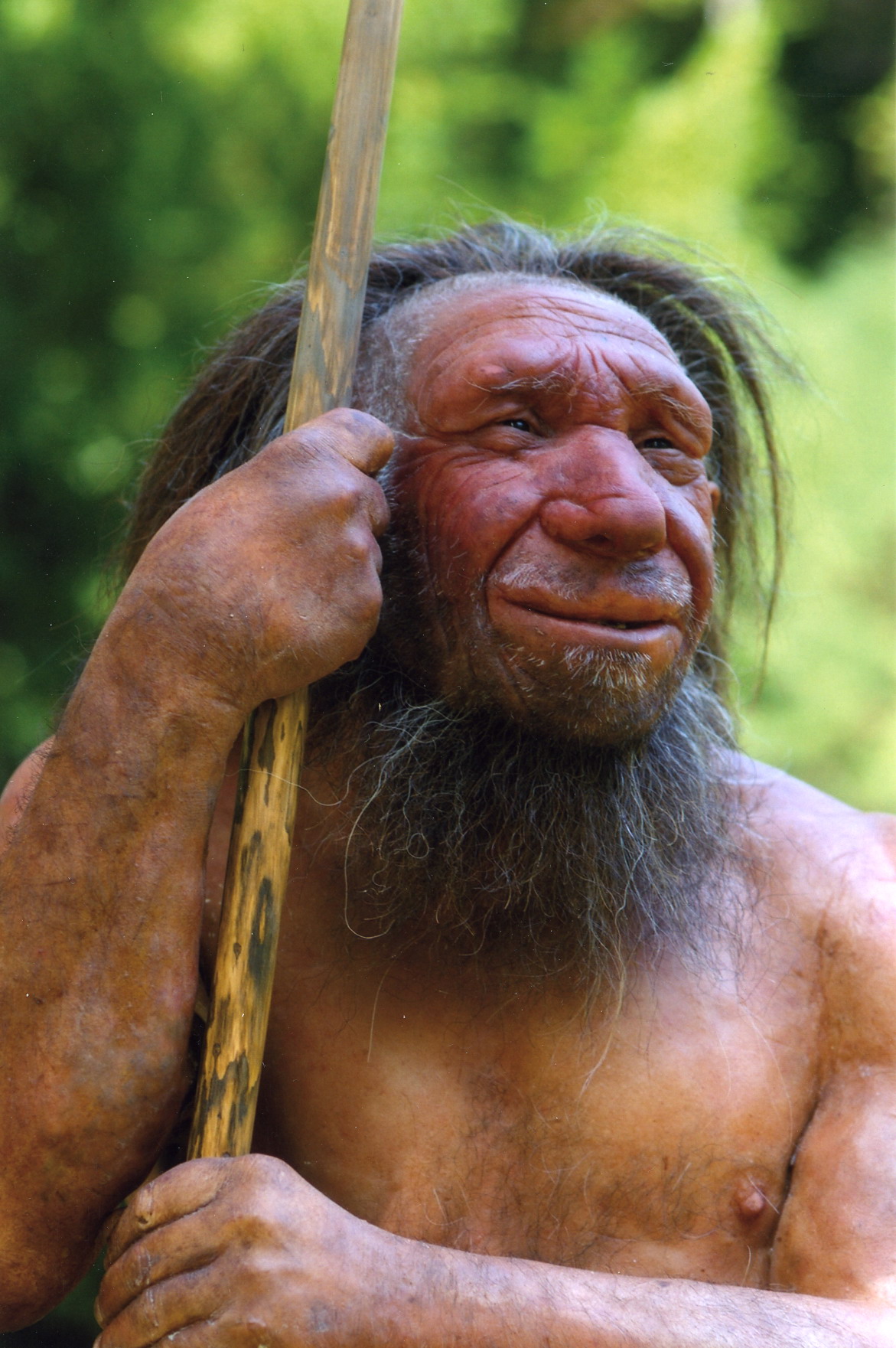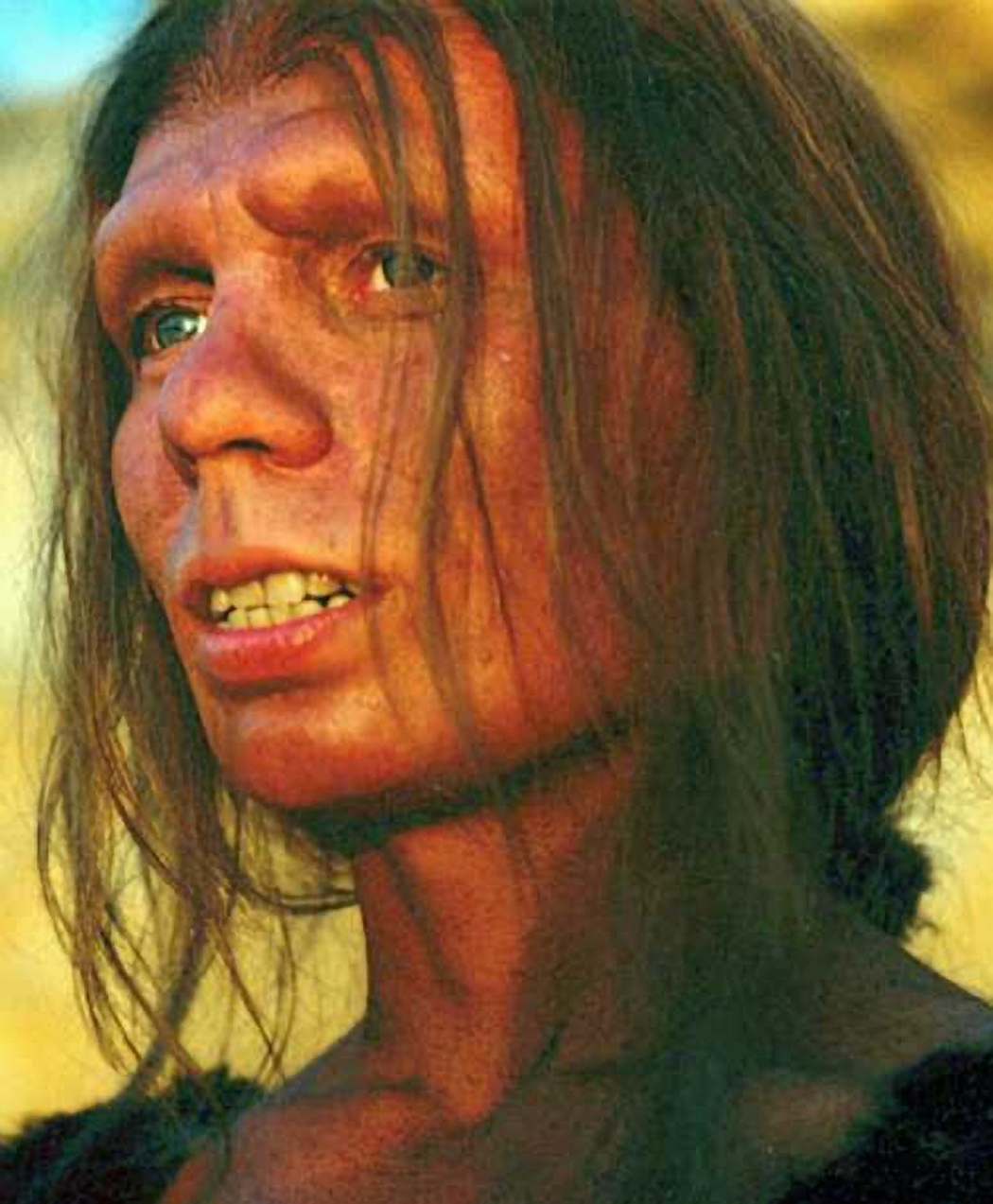This month, we talk to Dr. April Nowell, author of Growing Up in the Ice Age, about the mysterious extinction of the Neandertals.
An esteemed Palaeolithic archaeologist, Nowell traces the craziest theories and strives to answer the burning question: what on earth happened to the Neandertals forty thousand years ago?
What in your opinion is the greatest archaeological mystery?

100,000 years ago the world was inhabited by at least 5 different types of hominins* but by 40,000 years modern humans were the last ones standing. Of all the species that we lost in that short time, the fate of the Neandertals has remained the greatest mystery. Rather than the brutish cartoon characters they are sometimes made out to be, Neandertals were sophisticated hunters and tool makers. They created fire, cordage and even a “superglue”. They also decorated their bodies with personal ornaments and fiery red ochre, buried their dead, had a deep knowledge of plants, cared for the weaker members of their group, and built structures in which to live. Most compelling, perhaps, is that at some times and in some places, Neandertals and modern humans had sex with each other and produced fertile offspring. The physical and behavioural similarities between Neandertals and modern humans make their extinction all the more puzzling.
*Hominin is a term used to describe living humans and their extinct ancestors
What is the craziest theory you have heard?
One unfortunate headline even suggested that modern humans might have stoned Neandertals to death!
One theory that continues to dominate popular imagination (despite any evidence to support it) is the idea that modern humans used violence, even warfare, to drive Neandertals to extinction. One unfortunate headline even suggested that modern humans might have stoned Neandertals to death!
What is your theory?

More credible theories for Neandertal extinction include climate change and competition with modern humans who may have had better tools, more elaborate social networks or been “smarter” in some way. Given how widespread and well adapted Neandertals were to their local environments, it is unlikely that any one factor can explain their disappearance everywhere and every when. It may even be as some have suggested that Neandertals were simply “unlucky.”
In my view, the demise of Neandertals likely comes down to population size. In Europe, at least, there were never more than a few thousand Neandertals divided into small, widely dispersed and often highly inbred groups. The smaller the population, the harder it can be to find mates, and the more dire the consequences are of random events such as accidents, diseases or drought. The question, of course, is why Neandertal populations were so low.
A famous paleoanthropologist once said, “The message of evolution is ‘save the children’.” Clearly, if you are not replacing your population with new members as fast (or faster) than the older ones are dying off, your species will not remain viable for long. One notable thing about Neandertals is how many of their children are found in the fossil record. I have argued this may be the result of high infant mortality. One study* demonstrated that a 1.5% decline in survival rate of the littlest Neandertals, those under a year old, would result in Neandertal extinction in about 2,000 years while a decline of only 0.4% would lead to their disappearance in 10,000 years. Low genetic variability leading to the increased prevalence of harmful mutations, the demands of caring for large brained infants with a long, slow growth period and the lack of a wider social network on which to depend, could explain both the high rate of infant mortality and ultimately Neandertal extinction.
*Degioanni, Anna, Christophe Bonenfant, Sandrine Cabut, Silvana Condemi (2019) Living on the edge: was demographic weakness the cause of Neanderthal demise? PLoS ONE 14(5), e0216742. https://doi.org/10.1371/journal.pone.0216742.
Growing Up in the Ice Age
By Dr. April Nowell
In prehistoric societies children comprised 40-65% of the population, yet by default, our ancestral landscapes are peopled by adults who hunt, gather, fish, knap tools and make art. But these adults were also parents, grandparents, aunts and uncles who had to make space physically, emotionally, intellectually and cognitively for the infants, children and adolescents around them. Growing Up in the Ice Age is a timely and evidence-based look at the lived lives of Paleolithic children and the communities of which they were a part. By rendering these ‘invisible’ children visible, readers will gain a new understanding of the Paleolithic period as a whole, and in doing so will learn how children have contributed to the biological and cultural entities we are today.
9781789252941 | Paperback | Oxbow Books | £38.00
Available to order through Oxbow Books



